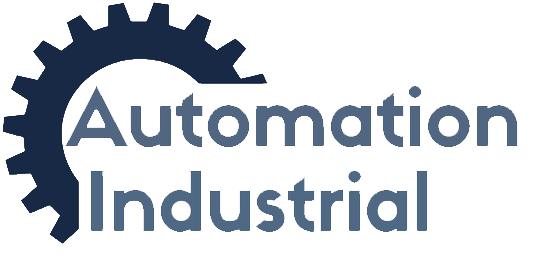DC Drives: Catalyzing Innovation Across Industries
Tags: Automation, Drives, Manufacturing, Robotics
DC drives, pivotal in controlling the speed, torque, and direction of DC motors, are a fundamental component in various industrial applications. Their adaptability and precision make them indispensable in diverse sectors, from traditional manufacturing to emerging technologies. Today we’ll take a look at the multifaceted uses of DC drives across different industries, highlighting how they contribute to advancements in technology and operational efficiencies.
DC Drives in Manufacturing
In the manufacturing sector, DC drives are primarily recognized for their role in enhancing production processes. They facilitate the fine-tuning of motor speeds, which is essential for tasks requiring high precision, such as in the assembly of intricate components or in the operation of conveyor belts and lifting equipment. DC drives enable manufacturers to adjust the speed of motors in real-time, ensuring seamless transitions and synchronization across various stages of production. This adaptability is crucial in maintaining consistent quality, reducing material waste, and optimizing output.
The textile industry is a notable example where DC drives have revolutionized operations. In processes like spinning, weaving, and dyeing, the ability to control motor speed with high precision directly impacts the quality of the fabrics produced. DC drives allow for the fine control necessary to handle delicate materials, ensuring uniformity and minimizing defects.
Moreover, in the metalworking industry, DC drives play a critical role in processes like rolling, cutting, and pressing. The precise control offered by these drives ensures that metal sheets are processed accurately, maintaining the desired thickness and shape, which is critical for the final product's quality and functionality.
DC Drives in Automation and Robotics
The automation and robotics industries heavily rely on DC drives for their precision and control capabilities. In automated production lines, DC drives are used to control robotic arms, ensuring smooth and precise movements. This precision is particularly important in applications such as welding, painting, or assembly, where the exact positioning of the robot is crucial.
In robotics, DC drives contribute to the development of more sophisticated and versatile robots. These drives provide the necessary agility and responsiveness, allowing robots to perform complex tasks with high accuracy. The ability to adjust motor speed and torque seamlessly is vital in applications such as robotic surgery, where precision can mean the difference between success and failure.

DC Drives in Transportation and Automotive Industries
The transportation sector, especially the automotive industry, benefits significantly from the application of DC drives. In electric vehicles (EVs), DC drives control the traction motors, influencing the vehicle's speed, acceleration, and overall performance. The efficiency and responsiveness of these drives are essential for the smooth operation of EVs, contributing to their growing popularity and viability as a sustainable transportation option.
In public transportation systems, such as metro trains and trams, DC drives are used to manage propulsion and braking systems. Their ability to provide smooth acceleration and deceleration enhances the comfort and safety of passengers, while also contributing to energy efficiency through regenerative braking systems.
DC Drives in Renewable Energy
In the field of renewable energy, DC drives are finding increasing applications, particularly in wind turbines. They are used to adjust the position of the blades and control the generator's speed, optimizing the turbine's efficiency in converting wind energy into electrical power. The precision of DC drives is crucial in these applications, as it directly impacts the turbine's ability to harness wind energy effectively.
Challenges and Beyond
Despite their widespread use, the implementation of DC drives comes with challenges. The ongoing demand for higher efficiency, smaller size, and integration with digital control systems drives continuous innovation in DC drive technology. As industries evolve and new technologies emerge, DC drives must adapt to meet changing requirements, such as higher power densities and advanced communication capabilities.
The future of DC drives is likely to see further integration with IoT and AI technologies, enhancing their functionality and intelligence. This integration could lead to smarter, more autonomous systems capable of predictive maintenance and real-time performance optimization.
Conclusion
DC drives are a cornerstone in modern industrial operations, playing a significant role in various sectors. Their ability to provide precise control over motor speed and torque makes them indispensable in applications ranging from manufacturing and robotics to transportation and renewable energy. As technology continues to advance, the role of DC drives is set to become even more critical, driving innovation and efficiency across numerous industries. The ongoing development of DC drive technology promises not only to enhance their current capabilities but also to open up new possibilities for their application in the future.
